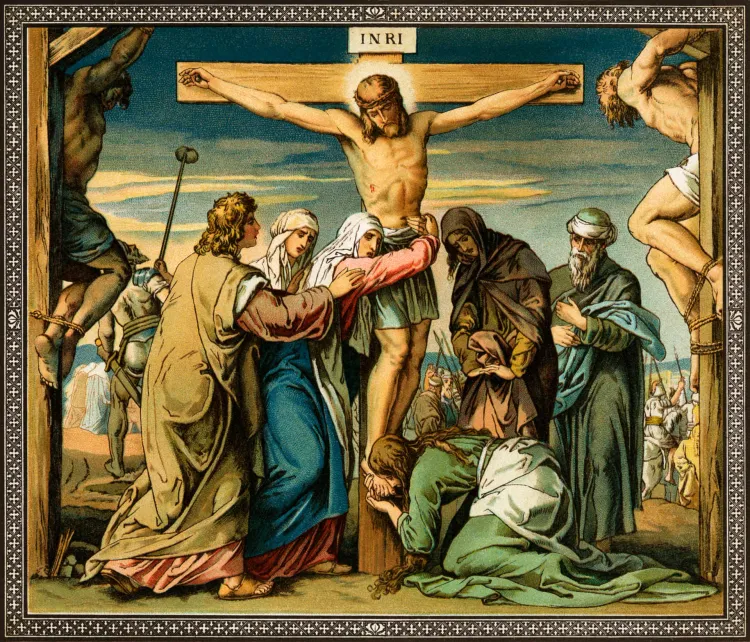Numerical Discrepancies in the Bible

I enjoy the Bible because, after many years of deconstructing the dogma attached to it, I have come to view it as a piece of literature—sometimes beautiful, sometimes brutal—that serves as a window into a cultural force shaping much of subsequent human history. But many people still live under the fundamentalist illusion that the Bible is the “inerrant word of God.”
Obviously, those who have read the Bible with a skeptical eye know this to be hogwash. Yet there are still millions of people who make life decisions based on words written by (usually) anonymous authors, in an ancient language they do not speak, within a historical context they scarcely understand. If God truly wrote this book, one might expect to see evidence of divine precision in its pages. At the very least, a book attributed to an omniscient being should be free of errors—especially mistakes that look like they belong on a third-grade math quiz. Right…?
1. David’s Census
The same event is recorded in two books—but the number of soldiers differs by hundreds of thousands.
- 2 Samuel 24:9“Joab reported to the king the number of those who had been mustered: in Israel there were eight hundred thousand soldiers able to draw the sword, and those of Judah were five hundred thousand.”
- 1 Chronicles 21:5“Joab gave the total count of the people to David. In all Israel there were one million one hundred thousand men who drew the sword, and in Judah four hundred seventy thousand who drew the sword.”
2. Duration of Famine
The prophet Gad gives David three choices, but the length of the famine is different—three years in one account, and seven in the other.
- 2 Samuel 24:13“So Gad came to David and told him; he asked him, ‘Shall three years of famine come to you on your land? Or will you flee three months before your foes while they pursue you? Or shall there be three days of pestilence in your land?’”
- 1 Chronicles 21:12“Take either three years of famine or three months of being swept away before your foes, while the sword of your enemies overtakes you, or three days of the sword of the Lord—pestilence on the land, with the angel of the Lord destroying throughout all the territory of Israel.”
3. Solomon’s Stalls for Horses
Two accounts give drastically different numbers for the number of horse stalls Solomon maintained—forty thousand vs. four thousand.
- 1 Kings 4:26“Solomon also had forty thousand stalls of horses for his chariots and twelve thousand horsemen.”
- 2 Chronicles 9:25“Solomon had four thousand stalls for horses and chariots and twelve thousand horsemen, whom he stationed in the chariot cities and with the king in Jerusalem.”
4. Age of Ahaziah When He Became King
Ahaziah is said to be twenty-two years old in one passage, but forty-two in another.
- 2 Kings 8:26“Ahaziah was twenty-two years old when he began to reign; he reigned one year in Jerusalem. His mother’s name was Athaliah; she was a granddaughter of King Omri of Israel.”
- 2 Chronicles 22:2“Ahaziah was forty-two years old when he began to reign; he reigned one year in Jerusalem. His mother’s name was Athaliah, a granddaughter of Omri.”
5. Number of Captives Taken to Babylon
Jeremiah lists a total of 4,600 exiles, while 2 Kings describes a different count that exceeds 10,000.
- Jeremiah 52:28–30“This is the number of the people whom Nebuchadrezzar took into exile: in the seventh year, three thousand twenty-three Judeans; in the eighteenth year of Nebuchadrezzar he took into exile from Jerusalem eight hundred thirty-two persons; in the twenty-third year of Nebuchadrezzar, Nebuzaradan the captain of the guard took into exile seven hundred forty-five Judeans—a total of four thousand six hundred persons.”
- 2 Kings 24:14–16“He carried away all Jerusalem, all the leaders and all the warriors, ten thousand into exile, along with all the artisans and the smiths. No one remained except the poorest people of the land... The king of Babylon also brought captive to Babylon seven thousand warriors and one thousand artisans and smiths, all of them strong and fit for war.”
6. Temple Items Returned by Cyrus
Ezra lists six categories of temple items totaling 2,499, but then states the overall number was 5,400.
- Ezra 1:9–11“This was the inventory: thirty gold basins, one thousand silver basins, twenty-nine censers, thirty gold bowls, four hundred ten silver bowls of a second sort, and one thousand other vessels. The total of the gold and silver vessels was five thousand four hundred.”

7. Size of Israelite Army in Wilderness Census
Two censuses of Israelite men are given, each with slightly different total counts.
- Numbers 1:46“Those enrolled were six hundred three thousand five hundred fifty.”
- Numbers 26:51“This was the number of those enrolled of the Israelites: six hundred one thousand seven hundred thirty.”
Conclusion
These examples show that the Bible, while often treated as a flawless document, contains clear numerical inconsistencies across books and traditions. Whether due to scribal error, differing source materials, or evolving oral traditions, the result is the same: a sacred text that does not always align with itself. For anyone studying the Bible critically, these discrepancies are not just footnotes—they’re reminders that this ancient document was shaped by human hands as much as divine claims.



Comments ()